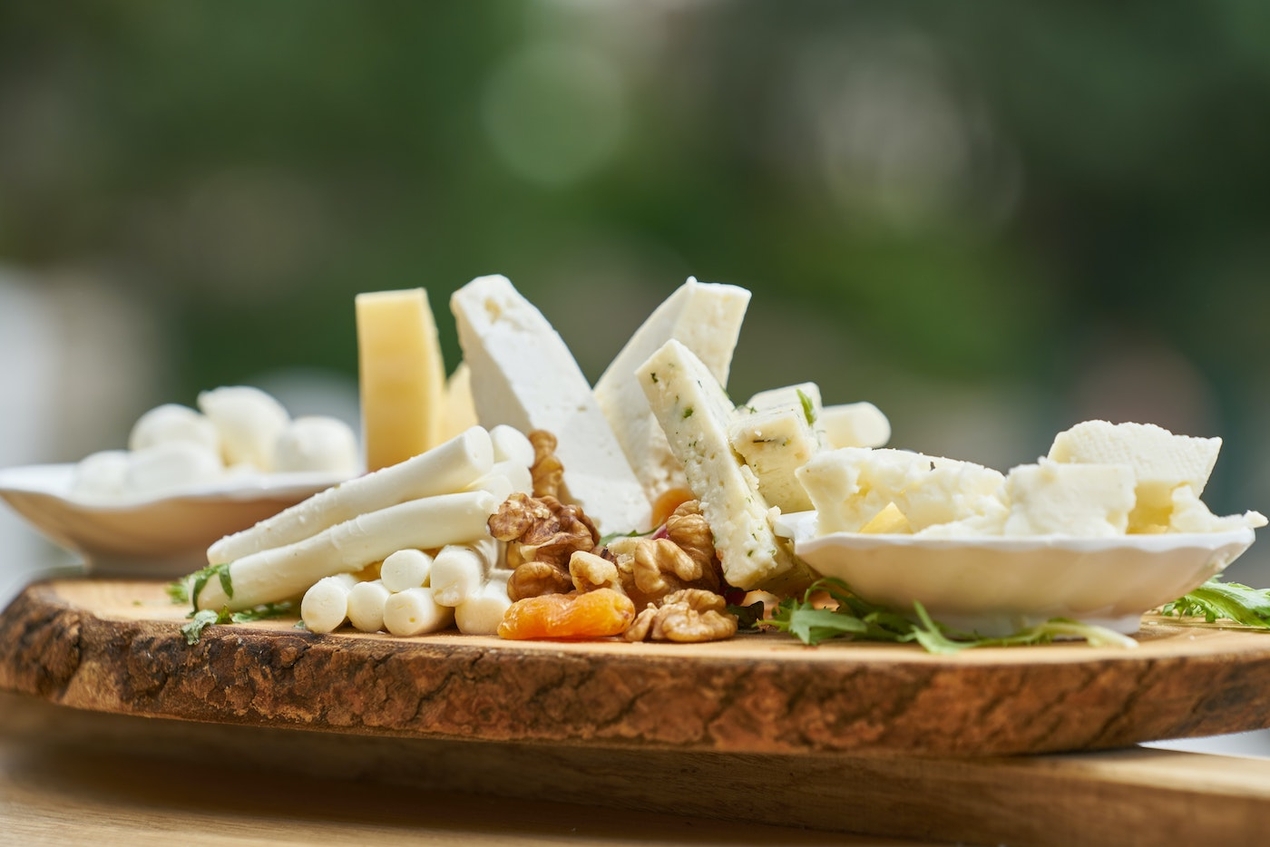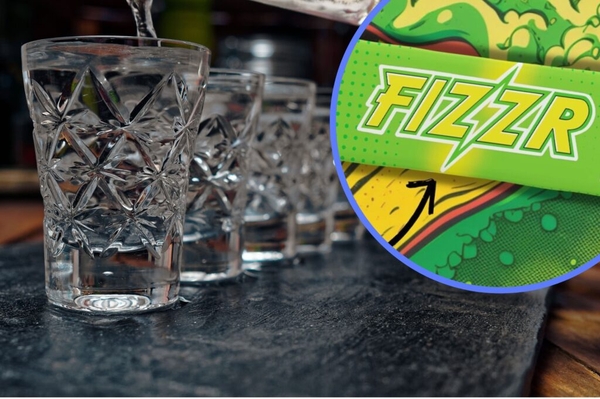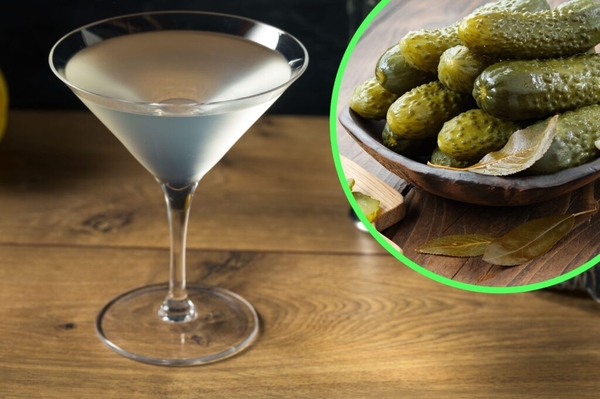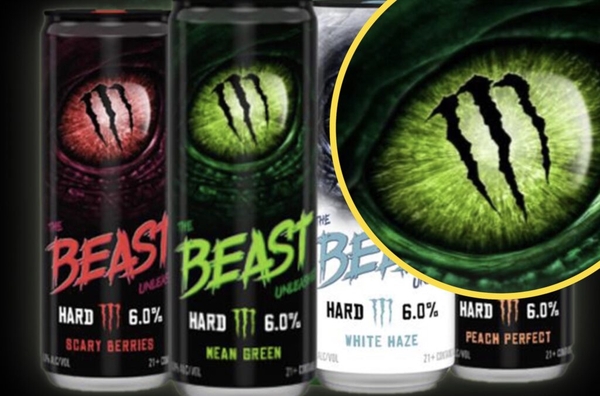Uncategorised
We went behind the scenes at the world’s first conveyor belt cheese restaurant
02 Oct 2019
4m

Food has a tempestuous relationship with technology. Even as some chefs enjoy prodding and poking ingredients with implements that wouldn’t look out of place at an alien autopsy, plenty would much rather be roasting something rudimentary in a fire pit. Each unto their own. But, even the most luddite cook would find it hard to argue that there are some areas where technology just makes food better. This week, we found one such area.
In just a few years, London-based business The Cheese Bar has taken the city’s foodscape, and the internet, by storm. Their formula is simple: offer people the very best in British cheese, served in sandwiches, fondues and anything else that would be exponentially improved with a mountain of something melty. This has previously been a relatively low-tech model. However, their latest venture embraces the possibilities of dairy and gadgetry, in what has been dubbed the world’s first “conveyor belt” cheese restaurant. Inspired by the dream of a never ending carousel of curds, the concept has drawn customers from across the capital. We paid a visit to their new “Pick and Cheese” site to see if it’s as awesome as it sounds.
The conveyor belt bar itself sits in a corner of Kerb’s new food market in the heart of Seven Dials, near Shaftesbury Avenue. When we arrived in the middle of Monday afternoon to meet the business’ founder Matthew Carver, the venue, which houses a host of other street food-inspired businesses, was relatively empty. All except for Pick and Cheese. Here, patrons were crammed onto bar stools, happily nibbling cheesy samples whizzing under their noses at a comfortable cruising speed. The atmosphere, even at 3:30, was buzzing.
Somewhat surprised by how busy the bar was, especially compared to the other businesses in the rest of the market, we started by asking whether having this many people was unusual. “No, this is pretty typical,” replied Carver, who had also been roped in to cover a shift as well as talk to us. Judging by the number of happy cheese munchers grabbing passing plates, he was sorely needed.
The first thing to ask about a conveyor belt cheese restaurant is how do you come up with the idea for a conveyor belt cheese restaurant. Carver reveals that this restaurant, which specialises in serving specific cheeses alongside a perfect pairing of condiments and natural wine, was born out of his customers’ desire to create a cheeseboard from the produce sold at the group’s original Camden Market site. Though this was not something offered at the original Cheese Bar, it got Carver and his cooks thinking.
But, beyond the queue of board-obsessed customers, there is another aspect to the belt idea. Carver explains how the bar owes a debt to the Japanese innovation of “kaitenzushi” conveyor food, where sushi dishes rotate around the dining room. While reading an article about the birth of the idea, he was struck by the creator’s desire to make sushi “more accessible”, “more interactive”, and, crucially, “offer people the chance to personalise the experience.” If it can work for fish, why not feta?
The issue of accessibility is clearly important to Carver. As he sees it, contemporary cheese and wine bars “can be a little bit heavy,” which contributes to “a lack of creativity in the traditional space”. This is something that Carver is “actively trying to avoid” in the new venture. As he says, “I really like it that it’s really far removed.”
At a glance, it would be easy to dismiss Pick and Cheese as gimmicky. However, behind the novelty is a restaurant that’s clearly just as passionate about quality as it is about tech. Carver’s businesses have always been about championing top quality British cheese, and the Kerb iteration is no different. The menu is full of some of the finest produce from across the country, and the pass is flanked by two giant fridges full of wheels and blocks of every shape and size. This is not your standard Kraft grilled cheese joint.
To further support the argument that there’s more to the restaurant than watching stilton go round and round in circles, Carver offers up the story of an American customer from the previous week, who visited Pick and Cheese twice in three days. As he tells it, “she came here with the thought that it was just a gimmick or a trend, and originally just wanted to say that she had been. But, after eating the food, she was really surprised by just how good it was.”
In fact, showcasing the very best of what the cheese has to offer is so essential to what Carver and his team are trying to do, that they can be very strict with what customers can and can’t get away with. When asked whether an order can be customised according to the individual’s personal preference, Carver flatly replies, “I’m really against that.” As he sees it, prescriptive pairings force people to try different things that they wouldn’t ordinarily go anywhere near. He cites chocolate and stilton, and chutney in a cheese toastie as prime examples of something that might scare some people, but actually make perfect sense.
Whether rightly or wrongly, Carver is of the opinion that “good pairings can make cheese more accessible.” Ultimately, though it’s hard to ignore the mechanised elephant spinning around the room, it’s this mission that’s at the heart of Pick and Cheese. Some might like a bit more freedom. But, when you’re in the hands of a team who are building Britain’s new cheesy empire, who are we to argue?


